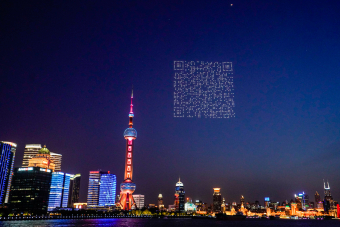Can we save schools and hospitals from military strikes using QR codes?
We’ve become very familiar with QR or ‘Quick Response’ codes throughout the COVID-19 pandemic: chances are you might have used one to check-in to your favourite cafe, workplace, or businesses.



